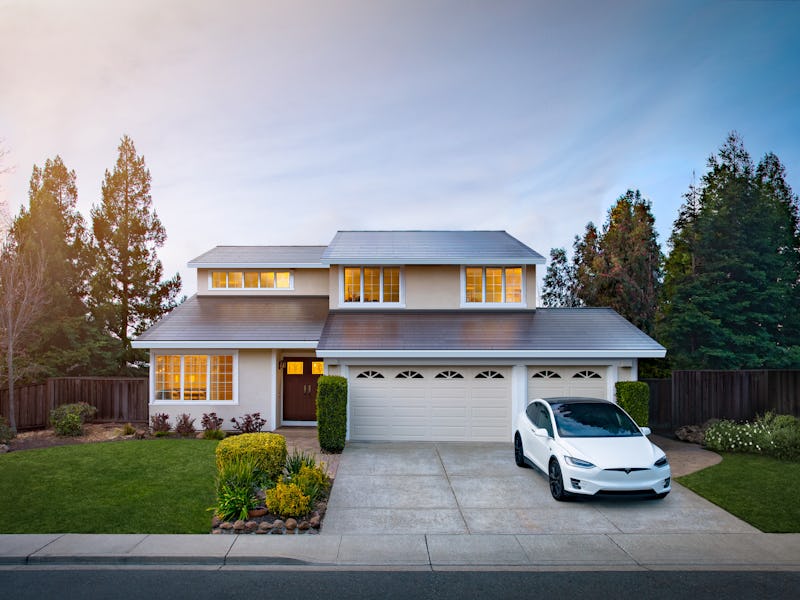Tesla Solar Roof is “solving the wrong problem,” ex-Powerwall head reveals
Arch Rao, former head of the Tesla Powerwall team and CEO of Span, is sounding the alarm.

Arch Rao, who led the team that launched Tesla’s first home battery, is back — and he’s concerned about the future of clean energy.
Tesla’s stated mission is “to accelerate the world’s transition to sustainable energy,” which it does through is electric cars, solar panels, and batteries. But Rao, former Tesla Energy head of product and now founder and CEO of electrical panel firm Span, tells Inverse that a focus on products like the Tesla Solar Roof overlooks other areas where clean energy needs to improve.
“I think the solar roof product is very aspirational,” Rao says. “It's one that will likely be successful over time. But there are a number of existing technologies that have problems that need to be addressed.”
Want to know more about how solar panels could reduce in cost even further, Rao’s thoughts on how Powerwall is no longer available for sale separately, and the biggest change he sees in how solar will reach consumers? Read the full interview, only in MUSK READS+.
Tesla Solar Roof panels up close. The roof is designed to collect solar energy while still looking like regular roof tiles.
The Tesla Powerwall formed part of CEO Elon Musk’s 2016 presentation on the “house of the future.” It showed a Tesla Model 3 electric car charging in the garage, a Tesla Solar Roof harvesting energy, and a Tesla Powerwall collecting energy from the sun for use 24 hours a day.
But while the roof has sparked the imagination of fans, particularly with ambitious projects that adorn even larger buildings, Rao argues that the focus on the cool and eye-catching won’t increase adoption as much as other changes.
“If you really want to go from roughly two percent penetration in U.S. homes [Pew Research placed the figure at six percent in 2019] to, like, 20 percent penetration of solar, we are solving the wrong problem by trying to design glass roofs,” Rao says. “The problem to solve is, how do you simplify the installability and therefore reduce cost?”
Solar panels have come down in price, thanks to what solar price comparison site EnergySage describes as Swanson’s Law. The observation, named after SunPower founder Richard Swanson, explains that solar module costs decrease 20 percent every time global output doubles.
This has reduced the price of solar installations from $8.50 per watt in 2009 down to just $2.81 in late 2020.
It’s an impressive drop, but Rao says there are other ways to simplify the install process and ultimately bring prices down even further.
TO READ THE FULL INTERVIEW, SUBSCRIBE TO MUSK READS+.
Here is what you will gain from subscribing to MUSK READS+:
- Three emails per week, enabling fans to go deeper into the week’s news.
- Original interviews and reporting, longform analysis, previews, and recaps of major events, including earnings calls and more.
- Community-focused extras like responses to reader mail, an upcoming event calendar, and notable anniversaries.
- An archive of previous subscriber-only content, so you can easily read back over what you might have missed.
- Promotional deals and offers.
- Supporting original, independent journalism.
MUSK READS+ is a fully independent operation. We are not Elon Musk, nor are we employed by him. Our job is to report the events we find newsworthy, giving you the inside look at the worlds of space rockets, electric cars, clean energy, and more. It means first-hand accounts of a SpaceX rocket launch, Tesla insights from third-party analysts, and more.
If you want to support us in our mission, and receive original interviews and analysis, consider contributing with a subscription.